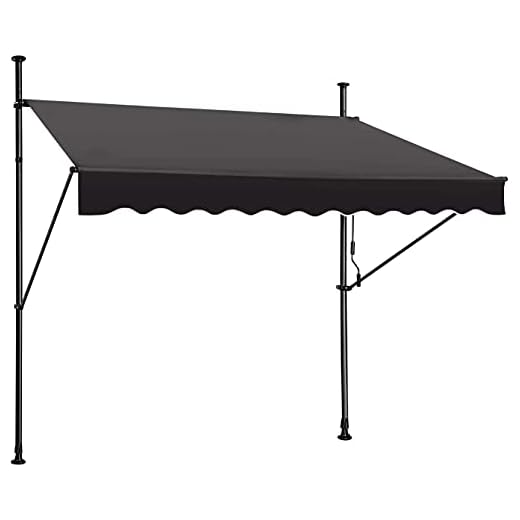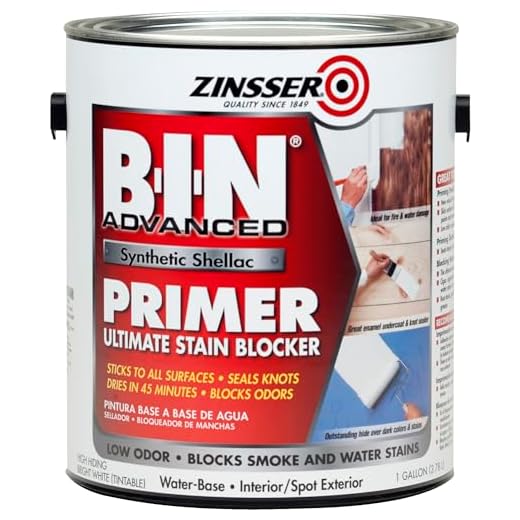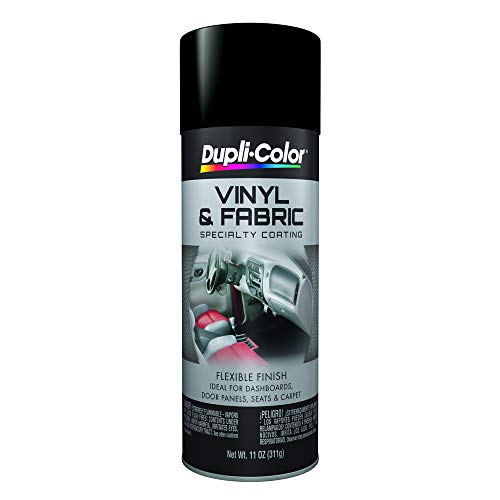




If you’re looking to refresh your outdoor accessory with a new layer of color, selecting the right coating is key. This article provides insights into the most suitable products that adhere well to synthetic fabrics, ensuring a long-lasting finish that withstands the elements.
This guide is crafted for DIY enthusiasts, crafters, and anyone interested in personalizing their outdoor gear. You’ll find recommendations based on durability, ease of application, and color retention, making your project straightforward and successful.
The article highlights various types of coatings, including spray options and liquid formulations. It explores their application techniques, drying times, and tips for achieving a professional look. With the right information, you’ll be able to transform your accessory into a stylish statement piece that complements your outdoor setting.
Optimal Coating for Polyester Sunshade
Choosing the right coating for a sunshade made from synthetic fabric involves understanding the material’s properties. A flexible acrylic spray is often recommended due to its compatibility with polyester. This type of coating adheres well and remains durable under various weather conditions.
Before applying any coating, it is essential to clean the surface thoroughly. Use mild soap and water to remove dirt, grease, and other contaminants. Allow the fabric to dry completely before proceeding with the application.
Application Tips
When applying the coating, consider the following:
- Apply in a well-ventilated area to avoid inhaling fumes.
- Use light, even strokes to achieve a uniform coverage.
- Let the first coat dry before applying additional layers.
- Consider using a primer designed for synthetic materials to enhance adhesion.
Always check the manufacturer’s instructions for drying times and recommended layers. Testing the coating on a small, inconspicuous area can help ensure compatibility and appearance.
Maintenance Considerations
To prolong the life of the coating:
- Store the sunshade in a dry place when not in use.
- Clean gently with mild soap to avoid damaging the coating.
- Avoid exposing the fabric to harsh chemicals or abrasive materials.
By selecting the right materials and following proper maintenance practices, the sunshade can retain its aesthetic appeal and functionality for an extended period.
Understanding Polyester Fabric Characteristics
Polyester fabric is known for its remarkable durability and resistance to various environmental factors. This synthetic material is composed of long-chain polymers, which contribute to its strength and longevity. One of the key advantages of polyester is its ability to withstand wear and tear, making it suitable for outdoor applications such as sunshades and portable canopies.
The moisture-wicking properties of polyester also enhance its functionality. It can draw moisture away from the skin, allowing for quicker evaporation. This characteristic is particularly beneficial in humid conditions, ensuring comfort for users. Additionally, polyester is resistant to shrinking and stretching, maintaining its shape over time and providing a consistent appearance.
Additional Characteristics
Beyond durability and moisture management, polyester offers several other notable features:
- Color Retention: The fabric holds dyes well, resulting in vibrant colors that resist fading even after prolonged exposure to sunlight.
- Quick Drying: Polyester dries rapidly, making it ideal for items that may frequently encounter moisture.
- Easy Care: This material is typically machine washable and dries quickly, simplifying maintenance.
Understanding these characteristics can aid in selecting appropriate coatings or finishes that will adhere effectively to polyester surfaces, ensuring longevity and aesthetic appeal.
Choosing the Right Type of Paint for Fabric
For transforming the appearance of textile objects, selecting the correct substance is key. Specialized formulations designed for fabric adherence ensure longevity and vibrancy, particularly on items that will be exposed to outdoor elements.
When considering your options, look for substances that are labeled as suitable for fabric applications. These often contain additives that enhance flexibility and durability, preventing cracking or peeling over time. Always verify that the chosen formulation is compatible with the specific type of textile you are working with.
Factors to Consider
Several aspects can influence your choice:
- Adhesion: Ensure the medium bonds well with fabric surfaces.
- Water Resistance: Look for options that provide a protective barrier against moisture.
- Color Fastness: Select substances that resist fading when exposed to sunlight.
- Flexibility: Important for maintaining the integrity of the material during movement.
Testing small samples before committing to a larger project can prevent potential issues. Apply the medium to a discreet area of the fabric to evaluate adhesion, appearance, and durability after drying.
| Characteristic | Recommendation |
|---|---|
| Adhesion | Choose a formulation specifically designed for textiles. |
| Water Resistance | Look for waterproof or water-resistant options. |
| Color Fastness | Select UV-resistant substances for outdoor usage. |
| Flexibility | Ensure it maintains flexibility after drying. |
By considering these elements, you can achieve a beautifully personalized result that withstands the test of time.
Preparing Your Umbrella for Painting
Clean the surface thoroughly before applying any color. Use a mild detergent mixed with water to remove dirt, grease, and any residues. Rinse well and allow the fabric to dry completely. This step ensures better adhesion and a more uniform finish.
Next, protect areas that should not be covered in color. Use painter’s tape to secure edges and parts that require precision. This will help achieve clean lines and prevent unwanted overspray. Additionally, consider laying down a drop cloth or newspaper to catch any drips or spills during the process.
Choosing the Right Environment
Select a well-ventilated area to work in, ideally outdoors or in a garage with open doors. Adequate airflow minimizes inhalation of fumes and aids in drying. Avoid direct sunlight, which can cause the coating to dry too quickly, leading to uneven application.
Before starting, gather all necessary supplies, including brushes, spray applicators, and containers for mixing. Ensure everything is within reach to maintain a smooth workflow. Prior preparation will enable you to focus on the application without interruptions.
By following these steps, you will create an optimal foundation for your coloring project, enhancing the final appearance of your accessory.
Techniques for Applying Coating to Synthetic Canopies
Use a spray method for an even application on synthetic surfaces. Ensure the area is well-ventilated and avoid direct sunlight to prevent quick drying. Maintain a distance of about 6-12 inches from the surface while spraying.
For detailed work or touch-ups, utilize a brush or roller. Choose synthetic brushes that can handle the coating and provide smooth coverage without leaving marks. Always test on a small area first to check for compatibility.
Steps to Follow
- Clean the surface thoroughly to remove dirt and oils.
- Allow the fabric to dry completely before applying any coating.
- Apply a primer specifically designed for synthetic materials if necessary.
- Use light coats, allowing each layer to dry before applying the next.
- Finish with a protective seal if desired.
Experiment with different application techniques to find what works best for your specific project. Consistency in application will enhance durability and appearance.
Best paint for polyester hand held umbrella
Features
| Part Number | HVP106-6 PK |
| Model | HVP106-6 PK |
| Color | Flat Black |
| Release Date | 2013-01-11T00:00:01Z |
| Size | 11 Ounce (Pack of 6) |
Features
| Part Number | 100057 |
| Model | AW103GR |
| Color | Gray |
| Size | 118''W, Max 57'' roll out |
Features
| Part Number | MG173-3 |
| Model | MG173 |
| Color | 14 Colors |
| Size | 16.9 Fl Oz (Pack of 14) |
Features
| Part Number | 270976S |
| Model | 270976 |
| Color | White |
| Size | 128 Fl Oz (Pack of 1) |
Video:
FAQ:
What type of paint is best for a polyester hand-held umbrella?
The best type of paint for a polyester hand-held umbrella is fabric paint or specialized outdoor spray paint designed for synthetic fabrics. These paints are formulated to adhere well to polyester, providing durability and flexibility. Brands like Tulip, DecoArt, and Rust-Oleum offer options that are suitable for this purpose. It’s crucial to choose a paint that is UV-resistant and waterproof to ensure the design lasts through various weather conditions.
Can I use regular acrylic paint on a polyester umbrella?
Regular acrylic paint is not recommended for polyester umbrellas as it may not adhere properly and can crack or peel off when the umbrella is opened and closed. Instead, opt for fabric paint or spray paint specifically made for synthetic materials. These alternatives are designed to bond better with polyester and offer better longevity.
How do I prepare my polyester umbrella before painting it?
Preparation is key for painting a polyester umbrella. Start by cleaning the surface thoroughly with soap and water to remove any dirt or oils. Allow it to dry completely. Next, consider lightly sanding the area you plan to paint with fine-grit sandpaper to create a better surface for adhesion. Finally, if desired, apply a fabric primer to enhance the paint’s adherence and durability.
Will painted designs on my polyester umbrella fade over time?
Painted designs on polyester umbrellas can fade over time, especially if exposed to direct sunlight and harsh weather. To minimize fading, use UV-resistant paint and consider applying a clear fabric sealant over the painted area. Storing the umbrella when not in use and keeping it out of direct sunlight can also help maintain the vibrancy of your designs for a longer period.
How can I clean a painted polyester umbrella without damaging the paint?
To clean a painted polyester umbrella, use a soft cloth or sponge and mild soap mixed with water. Gently wipe the painted areas without scrubbing too hard, as this could damage the paint. Avoid using harsh chemicals or abrasive cleaners. Rinse thoroughly with clean water and allow the umbrella to air dry completely before folding or storing it.







